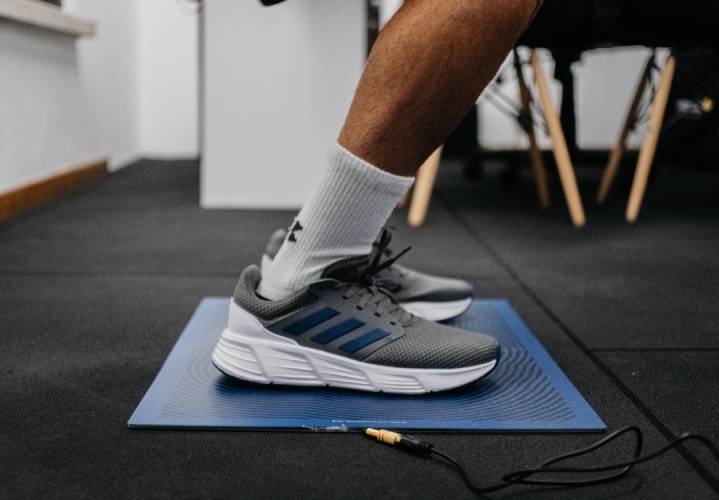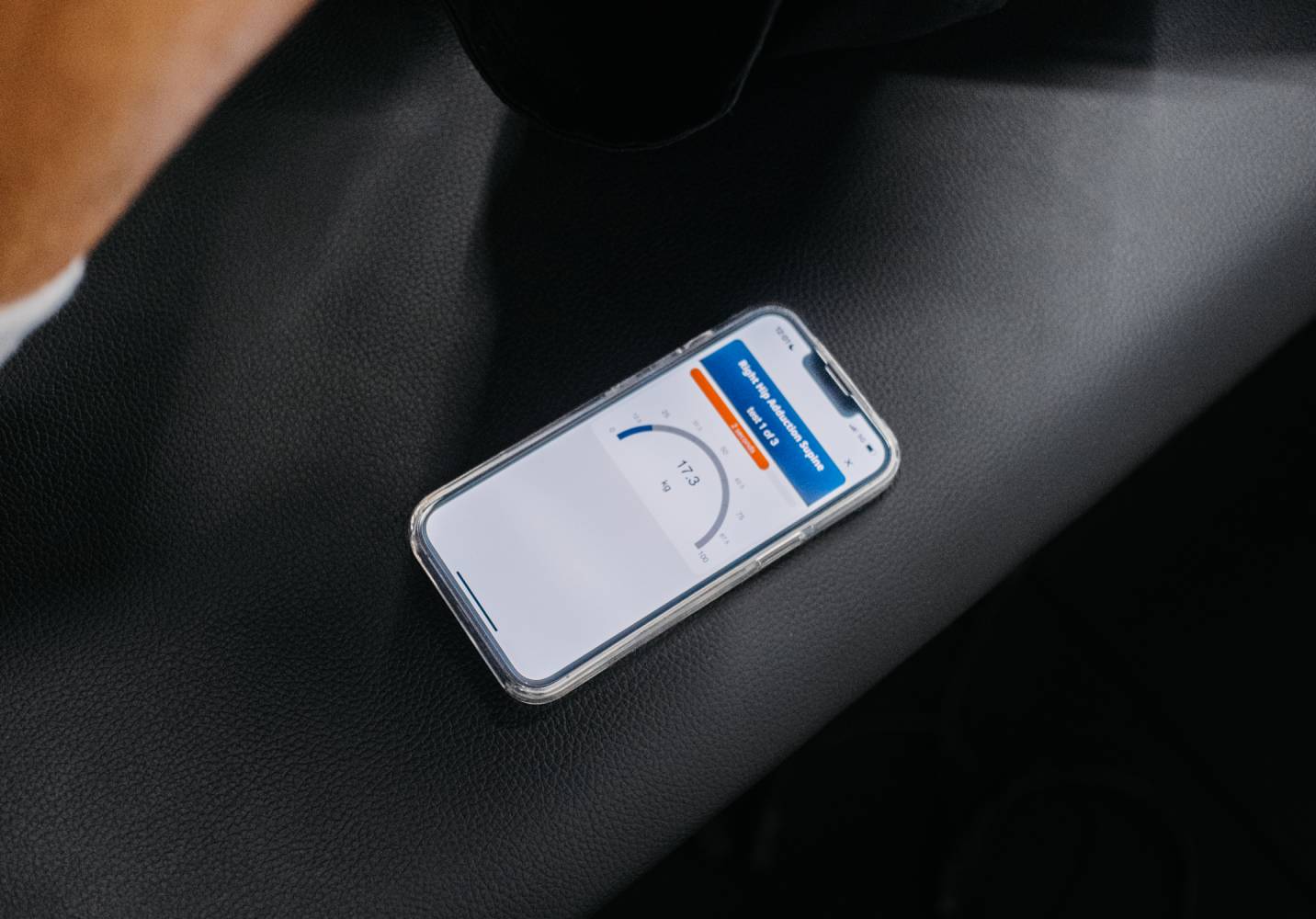The Physiotherapy of the Future
How technology is transforming assessment
- Assessment in Physiotherapy

A long time ago, in an era where goniometers were revolutionary tools and physiotherapists relied on their clinical eye and magical palpations, no one imagined that one day we would talk about wearables, 3D sensors, and augmented reality as part of everyday life. But here we are. Who would have thought that a profession born out of the need to stretch muscles and correct postures would evolve into a true laboratory of applied science? In the 19th century, when it all began, physiotherapy was more art than science. Therapists did what they could with their hands, their eyes, and a bit of common sense. It was like an improvised dance between therapist and patient. Then came the wars. And with them, the urgency: shattered soldiers needed to return to the field (or at least to life). Physiotherapy had to speed up and organize. Goniometers - those rulers for measuring angles - and manual dynamometers stepped in, marking the beginning of an era of objectivity… sort of. In truth, everything depended on the therapist's experience and the patient's patience. And so we progressed. In the 20th century, the real revolution began. Isokinetic dynamometers, like the famous Cybex and Biodex, appeared, achieving what the goniometer and manual testing could never do: measuring strength, power, and endurance precisely and controllably. It was like going from a wooden bicycle to a Tesla. Force platforms, as expensive as they were, joined the party, allowing us to analyze jumps and balances as if we were rocket scientists. And, of course, we can't forget electromyography. Initially, using it almost required a surgeon's precision, with needles probing shy muscles. Today, we have portable devices that fit in a pocket and cost less than a weekend getaway. At the end of the 20th century, things got interesting. We began talking about functionality with the Functional Movement Screen (FMS) - a fancy name for a set of basic movements that help identify dysfunctions. Physiotherapists began to view the human body as a whole, analyzing movement instead of isolated parts. Biomechanics took on a life of its own, with motion capture cameras and digital platforms that looked like they came out of a sci-fi movie. By the 21st century, things exploded. 3D motion analysis became democratized - or at least tried to. Systems like Xsens brought the magic of motion capture out of labs and into clinics. Wearable devices like those from Garmin and Fitbit turned us into amateur cyborgs, monitoring everything from heart rate to sleep quality.

Today, we live in a world where portable ultrasounds, miniaturized force platforms, and virtual reality are commonplace tools for many physiotherapists. It sounds unbelievable, but it's true: we can assess someone's balance while they jump in a virtual environment. The cost? It ranges from a cheap wearable (€90) to systems worth more than a luxury car. And the future? Ah, the future. We can expect sensors that ask questions before the patient complains, smart clothing that corrects posture while walking, and Artificial Intelligence (AI) that analyzes movement patterns like a biomechanical detective. And who knows, maybe one day, we’ll look at genetic biomarkers and say, “This knee will have issues in five years.” Conclusion Physiotherapy is no longer just exercise and massages. It's technology, science, and a bit of magic. More than ever, it is a practice that not only restores movement but also transforms lives. Because, in the end, the future of physiotherapy is not in the machines. It's in the people who use them to make a difference.


